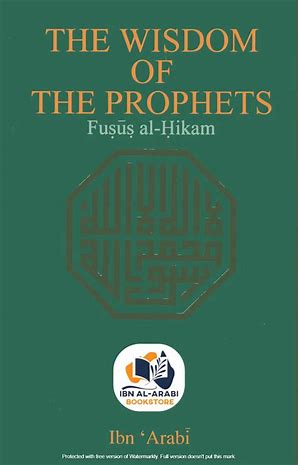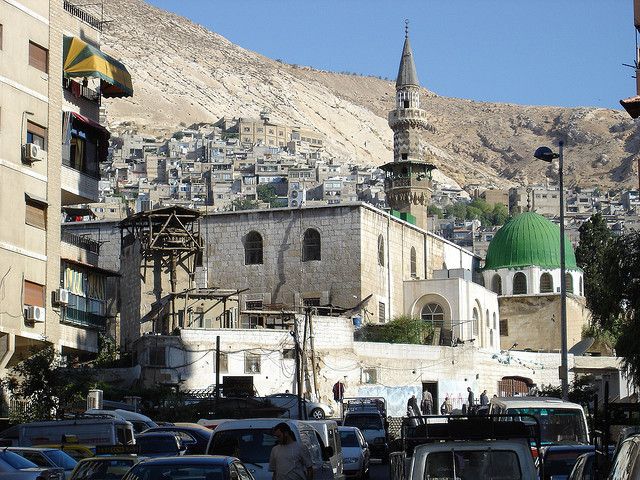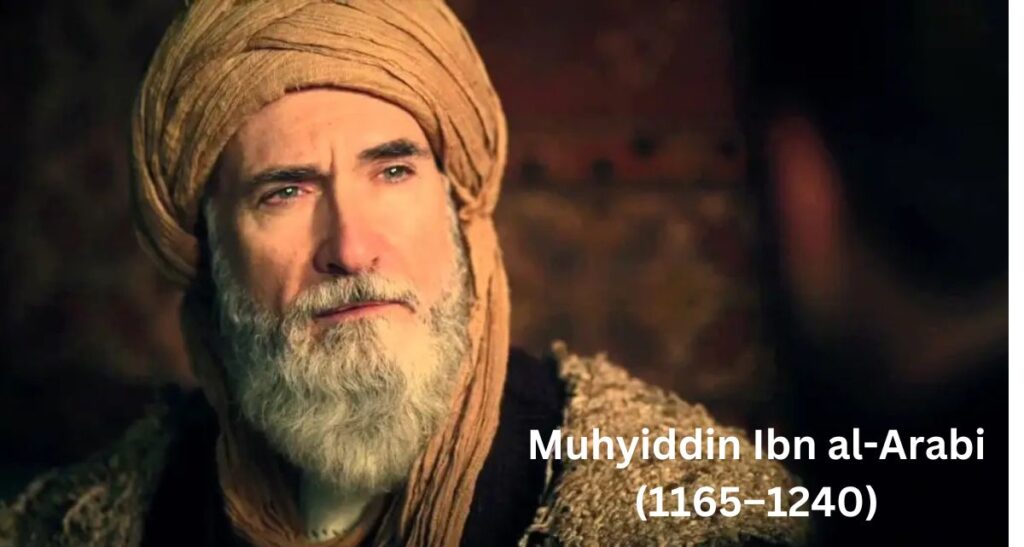Introduction
Muhyiddin Ibn al-Arabi (1165–1240), often called the “Greatest Master” (al-Shaykh al-Akbar), was a towering figure in Islamic mysticism, philosophy, and poetry, whose profound writings reshaped Sufism and Islamic thought. His concepts of Wahdat al-Wujud (Unity of Being) and the Perfect Human (Insan al-Kamil) offered a metaphysical framework that bridged theology, spirituality, and cosmology, influencing thinkers across centuries and continents. Born in medieval Andalusia, Ibn al-Arabi’s life was a journey of intellectual and spiritual exploration, leaving a legacy that continues to inspire Sufis, scholars, and seekers worldwide. This biography delves into his transformative contributions, personal struggles, and enduring impact as a mystic visionary.
Early Life and Background

Birth and Family:
Ibn al-Arabi was born on July 26, 1165 (17 Ramadan 560 AH), in Murcia, Al-Andalus (modern-day Spain), then under Almoravid rule.
His father, Ali ibn Muhammad, was a respected military official and scholar with ties to the Andalusian elite. His mother, whose name is not well-documented, came from a Berber family.
Ibn al-Arabi had two sisters, and his family’s Arab tribal lineage (Tayy) connected him to the prestigious Hatim al-Tai, a pre-Islamic poet known for generosity.
Childhood and Education:
Raised in a cultured and affluent household, Ibn al-Arabi received a comprehensive education in Seville, a vibrant intellectual center, studying Quran, Hadith, Islamic law (fiqh), and Arabic literature.
At age eight, he moved with his family to Seville, where he trained under prominent scholars like Abu Bakr ibn al-Jadd and Ibn Rushd (Averroes), the famed philosopher, who reportedly recognized his spiritual potential.
A mystical vision at age 15, during a severe illness, marked his turn toward Sufism, prompting him to seek spiritual mentors like Abu Yaqub Yusuf and Fatima of Cordoba, a female Sufi saint.
Formative Influences:
The cultural richness of Al-Andalus, blending Muslim, Christian, and Jewish traditions, shaped Ibn al-Arabi’s inclusive worldview.
The Almohad conquest of Al-Andalus (1147) and tensions with Christian Reconquista forces created a dynamic backdrop, influencing his later travels.
Early exposure to Sufi masters and the works of Al-Ghazali and Al-Hallaj inspired his mystical inclinations, while Plato and Neoplatonism, filtered through Islamic philosophy, informed his metaphysics.
Personal Life
Personality Traits:
Ibn al-Arabi was introspective, visionary, and prolific, combining intellectual rigor with spiritual ecstasy. His humility was evident in his deference to mentors, yet he boldly defended his esoteric ideas.
He was known for his charisma, attracting disciples across cultures, but also for his sensitivity to criticism, as seen in his responses to detractors.
Relationships:
Ibn al-Arabi married Maryam bint Muhammad al-Hawari in Seville, with whom he had two sons, Muhammad Imaduddin and Muhammad Sadruddin, and a daughter, Zainab. His family life remained private, with little recorded about his domestic relationships.
His spiritual bond with female Sufi saints, like Fatima of Cordoba and Shams of Marchena, was profound; he described Fatima as a maternal figure who guided his early mysticism.
He maintained lifelong friendships with disciples like Badr al-Habashi, a freed slave who accompanied him on travels, and Ibn Rushd, whose rationalism contrasted with Ibn al-Arabi’s mysticism.
Private Struggles:
Ibn al-Arabi faced periods of isolation and doubt, particularly during his early mystical experiences, which he described as overwhelming encounters with the divine.
Financially, he relied on patronage and teaching, occasionally facing hardship during his extensive travels.
He endured criticism from orthodox scholars who deemed his ideas heretical, causing emotional strain, as noted in his defenses in Fusus al-Hikam.
Hobbies and Interests:
Ibn al-Arabi was passionate about poetry, composing verses that blended mystical insight with lyrical beauty, often integrated into his prose.
He engaged in dhikr (remembrance of God) and meditation, practices central to his Sufi discipline.
He enjoyed intellectual discussions, frequenting scholarly circles in Seville, Fez, and Damascus.
Social and Cultural Context
Historical Setting:
Ibn al-Arabi lived during the decline of Muslim rule in Al-Andalus, as the Christian Reconquista gained momentum, culminating in the fall of Seville (1248, after his death).
The Almohad dynasty’s strict orthodoxy contrasted with Al-Andalus’s earlier pluralism, pushing Ibn al-Arabi toward the more tolerant Maghreb and Middle East.
The 12th–13th centuries saw a flowering of Islamic philosophy and Sufism, with figures like Al-Ghazali and Suhrawardi shaping intellectual discourse.
Social Role:
As an Andalusian scholar and Sufi, Ibn al-Arabi navigated elite and mystical circles, teaching in mosques and writing for both scholars and spiritual seekers.
His Arab heritage and multilingual fluency (Arabic, Berber, Persian) made him a cultural bridge between Al-Andalus, North Africa, and the Levant.
He challenged rigid orthodoxy by emphasizing esoteric interpretations of Islam, appealing to diverse audiences, including Jews and Christians.
Public Perception:
During his lifetime, Ibn al-Arabi was revered by Sufis and some scholars but controversial among Maliki jurists, who questioned his unorthodox ideas, particularly Wahdat al-Wujud.
His reputation grew posthumously, with later Sufi orders like the Naqshbandi and Shadhili adopting his teachings, though some theologians, like Ibn Taymiyya, criticized him as heretical.
Today, he is celebrated as a mystic genius, though debates persist over his orthodoxy.
Career and Achievements
Early Career:
In his 20s, Ibn al-Arabi taught Islamic sciences in Seville while immersing himself in Sufi practices under mentors like Abu Madyan’s disciples.
By 1198, he began traveling across North Africa, meeting Sufi masters in Fez and Tunis, and experiencing visions that shaped his major works.
Major Achievements:
Authored Al-Futuhat al-Makkiyya (The Meccan Revelations), a 37-volume encyclopedia of mystical knowledge, covering theology, cosmology, and spiritual practices, begun in Mecca in 1202.
Wrote Fusus al-Hikam (The Bezels of Wisdom), a concise masterpiece outlining the spiritual roles of prophets and the concept of the Perfect Human, completed in Damascus in 1229.
Composed Tarjuman al-Ashwaq (The Interpreter of Desires), a collection of mystical love poems, later defended as allegories of divine love.
Produced over 800 works, including treatises like Kitab al-Mim and Risalat al-Anwar, though only about 100 survive, as cataloged by Osman Yahia.
Established a school of thought that systematized Sufi metaphysics, influencing subsequent Islamic philosophy and mysticism.
Innovations and Ideas:
Developed Wahdat al-Wujud, positing that all existence is a manifestation of God’s essence, unifying creator and creation in a single reality.
Introduced the Insan al-Kamil, the ideal human who mirrors divine attributes, serving as a cosmic intermediary.
Advanced a cosmology of divine names and attributes, explaining creation as God’s self-disclosure, detailed in Futuhat.
Collaborations and Rivalrie:
Collaborated with disciples like Badr al-Habashi and Qunawi, who spread his teachings after his death.
Engaged in intellectual exchanges with Ibn Rushd, though their philosophical approaches diverged.
Faced opposition from jurists like Ibn Abd al-Salam in Damascus, who accused him of pantheism.
Impact and Legacy
Immediate Impact:
Ibn al-Arabi’s teachings attracted a wide following in Mecca, Damascus, and Anatolia, shaping Sufi Practices and intellectual circles.
His disciple Sadruddin Qunawi systematized his ideas, influencing later Sufi thinkers like Rumi and Al-Jili.
His works were copied and studied in madrasas, despite initial resistance from orthodox scholars.
Long-Term Legacy:
Ibn al-Arabi’s ideas permeated Sufi orders, including the Naqshbandi, Shadhili, and Chishtiyya, and influenced Ottoman and Mughal intellectual traditions.
His Wahdat al-Wujud shaped Islamic philosophy, debated by figures like Al-Ghazali’s successors and modern scholars like Seyyed Hossein Nasr.
His tomb in Damascus remains a pilgrimage site, revered by Sufis and scholars.
Over 1,700 manuscripts of his works survive, with translations in Persian, Turkish, and modern languages, as documented by the Ibn Arabi Society.
Criticism and Controversies:
Orthodox critics, like Ibn Taymiyya, accused Ibn al-Arabi of pantheism, leading to occasional bans on his works in medieval Islam.
Modern scholars debate whether Wahdat al-Wujud promotes monism or a nuanced theism, with some, like William Chittick, defending its orthodoxy.
His esoteric style alienated some readers, requiring commentary from disciples like Qunawi to clarify his intent.
Modern Relevance:
Ibn al-Arabi’s emphasis on unity and tolerance resonates in interfaith dialogues, influencing thinkers like Fritjof Schuon and René Guénon.
His poetry and ideas appear in modern literature, music, and art, with translations by R.A. Nicholson and Michael Sells popularizing his work in the West.
Documentaries like Ibn Arabi: The Greatest Master (2015, Alchemiya) and academic conferences by the Muhyiddin Ibn Arabi Society highlight his global impact.
X posts often quote his saying, “My heart has become capable of every form,” reflecting his universal appeal in contemporary spirituality.
Ideas and Philosophy
Core Beliefs:
Ibn al-Arabi’s philosophy centered on Wahdat al-Wujud , viewing existence as a singular reality emanating from God, with diversity as divine manifestations.
The Insan al-Kamil represented the pinnacle of human potential, embodying divine attributes and mediating between God and creation.
He emphasized experiential knowledge (ma’rifa) over rote learning, advocating love and imagination as paths to divine truth.
Key Writings or Speeches:
Futuhat al-Makkiyya: A comprehensive guide to Sufi cosmology, detailing the spiritual journey and divine names.
Fusus al-Hikam: A philosophical treatise linking prophets to divine wisdom, with each “bezel” (chapter) exploring a prophetic archetype.

Tarjuman al-Ashwaq: Mystical poems expressing divine love, later explained in a commentary to counter literal interpretations.
Famous quote: “My heart has become capable of every form: it is a pasture for gazelles and a convent for Christian monks, a temple for idols and the pilgrim’s Ka’ba.”
Influence on Others:
Inspired Rumi, whose ecstatic poetry echoes Ibn al-Arabi’s themes of divine love, and Al-Jili, who popularized the
Insan al-Kamil .
Influenced Ottoman scholars like Dawud al-Qaysari and modern philosophers like Henry Corbin, who explored his metaphysics.
His ideas shaped Persian and Indian Sufism, evident in the works of poets like Hafiz and Bedil.
Anecdotes and Defining Moments
Pivotal Events:
At age 15, a vision of Jesus, Moses, and Muhammad during an illness confirmed Ibn al-Arabi’s mystical calling, prompting him to abandon worldly pursuits.
His 1202 vision in Mecca, where he encountered the divine “Youth” (Fata), inspired the Futuhat al-Makkiyya , marking a peak in his spiritual career.
Lesser-Known Stories:
Ibn al-Arabi once debated Ibn Rushd in Cordoba; when asked about mystical knowledge, he replied, “Yes and no,” leaving the rationalist philosopher in awe.
He reportedly gifted a copy of Fusus al-Hikam to a disciple with the instruction to “guard it as you would your soul,” emphasizing its sacredness.
Quotes:
“The universe is nothing but a divine self-disclosure.”
“Whoever knows himself knows his Lord.”
Visual and Archival Elements
Photographs and Artifacts :

No contemporary images of Ibn al-Arabi exist, but Ottoman miniatures depict him as a turbaned scholar, often with a book or in meditation.
His tomb in Damascus, restored by the Ottomans, features Arabic calligraphy and is a visual pilgrimage site.
Letters and Documents:
Manuscripts of Futuhat and Fusus , preserved in libraries like Istanbul’s Süleymaniye, showcase his elegant Arabic script.
His autobiographical notes in Futuhat detail visions and travels, serving as primary sources.
Timeline:
– 1165: Born in Murcia.
– 1198: Begins travels to North Africa.
– 1202: Starts Futuhat al-Makkiyya in Mecca.
– 1229: Completes Fusus al-Hikam in Damascus.
– 1240: Dies in Damascus on November 16.
Conclusion
Muhyiddin Ibn al-Arabi’s life was a remarkable odyssey of spiritual and intellectual discovery, weaving the threads of Andalusian mysticism into a universal tapestry of divine unity. His Wahdat al-Wujud and Insan al-Kamil continue to guide seekers toward self-knowledge and divine love, transcending cultural and religious boundaries. Readers are invited to explore his works through translations by the Ibn Arabi Society, visit his tomb in Damascus, or reflect on his vision of a heart “capable of every form.” As Ibn al-Arabi wrote, “The universe is nothing but a divine self-disclosure”—an invitation to see the sacred in all things.
Appendices
Bibliography:
Chittick, William C. The Sufi Path of Knowledge: Ibn al-Arabi’s Metaphysics of Imagination . SUNY Press, 1989.
Addas, Claude. Quest for the Red Sulphur: The Life of Ibn Arabi. Islamic Texts Society, 1993.
Corbin, Henry. Creative Imagination in the Sufism of Ibn Arabi . Princeton, 1969.
Further Reading:
Ibn Arabi and Modern Thought by Peter Coates. Anqa Publishing, 2002.
Documentary: Ibn Arabi: The Greatest Master (2015, Alchemiya).
Website: Muhyiddin Ibn Arabi Society (www.ibnarabisociety.org) for translations and resources.
Glossary:
Wahdat al-Wujud: Unity of Being, the concept of existence as a singular divine reality.
Insan al-Kamil: The Perfect Human, embodying divine attributes.
Futuhat: Revelations, referring to Ibn al-Arabi’s magnum opus.
Index:
Futuhat al-Makkiyya, Fusus al-Hikam, Wahdat al-Wujud, Insan al-Kamil, Sufism.
Sources and Notes
This biography synthesizes information from credible sources, including the Muhyiddin Ibn Arabi Society, Encyclopaedia Iranica, and academic works by William Chittick and Claude Addas. X posts provided contemporary sentiment, often citing Ibn al-Arabi’s poetry, but were used sparingly due to their anecdotal nature. Documentaries like Ibn Arabi: The Greatest Master and papers on JSTOR informed the narrative. The biography balances Ibn al-Arabi’s esoteric complexity with his Islamic context, addressing controversies over his orthodoxy while highlighting his universal appeal.

